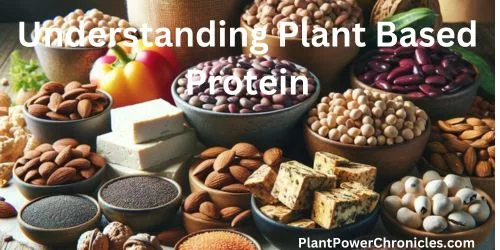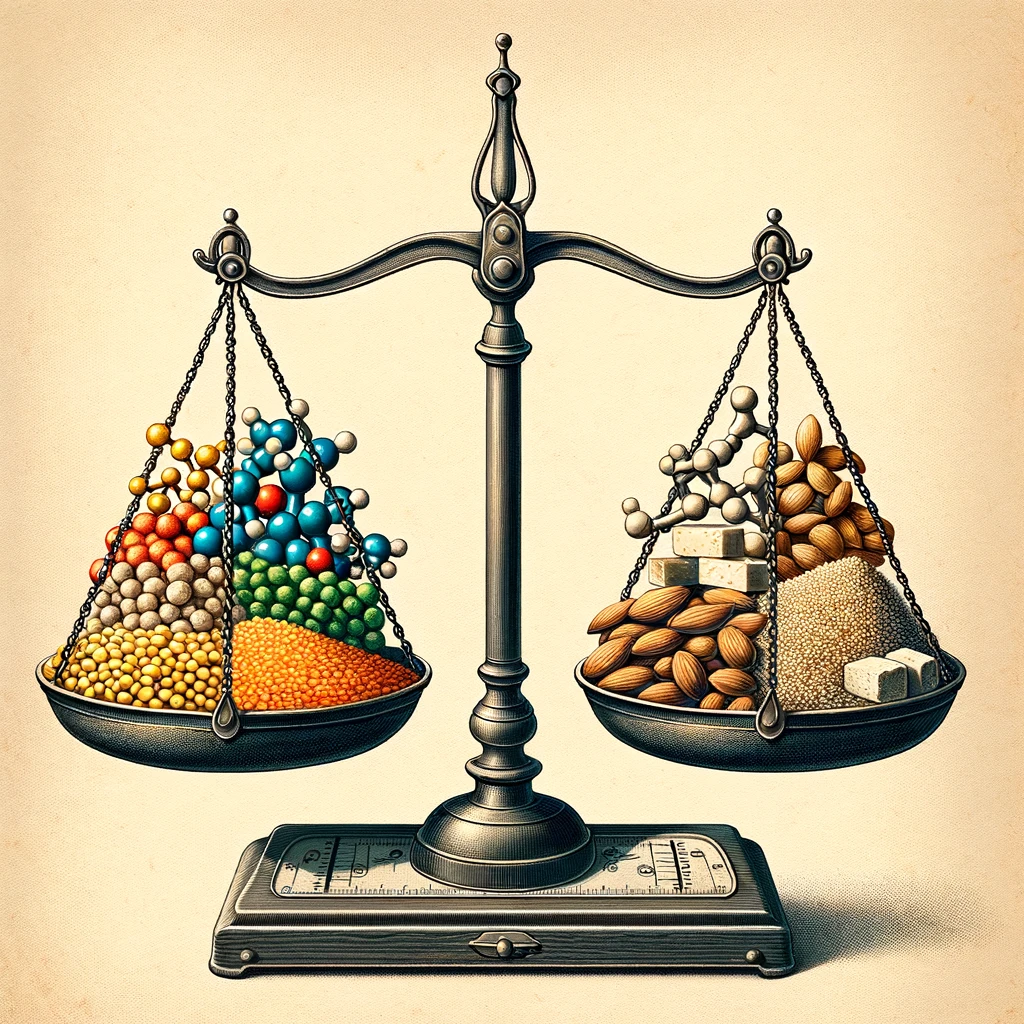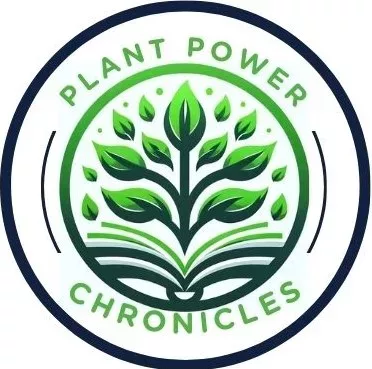
Plant-based protein are proteins that come from plants instead of animals. With the exception of soy products and quinoa plant proteins are considered incomplete protein and need to be combined to make a complete protein. Plant-based protein sources include legumes, nuts, seeds, grains, and vegetables.
What Are Plant-Based Proteins
Let me welcome you to the world of plant-based proteins. It may seem a bit daunting at first, especially if you’ve been relying on meat for your protein needs.
Stick with me, you’re going to find out about a whole new source of nutrition that can be both nourishing and delicious.
So, what are plant-based proteins exactly?
Simply put, they’re proteins derived from plants rather than animals. This includes all the goodness you get from legumes, grains, nuts, seeds, and even vegetables.
And here’s a neat fact: most plant foods contain some amount of protein, so options are abundant!
You might be wondering how plant proteins compare to their animal counterparts. The truth is, they’re just different, and that difference can be a good thing.
Plant-based proteins typically come with less saturated fat and more fiber, not to mention a host of vitamins and minerals that support overall health.
While personal health may be why you are taking a closer look at plant-based proteins, I know it was for me, opting for plant-based proteins often leads to a smaller environmental footprint.
Agriculture focused on plants generally requires less land, water, and energy than livestock farming, making it a friendlier choice for our planet.
Next, you’ll discover a range of plant-based proteins that are not only nutrient-rich but versatile and easy to include in your diet.
The key is to start somewhere. Choose something that resonates with you. Now, let’s explore what nature has to offer.
Top Sources of Plant-Based Proteins for Beginners
So, you’re curious about plant-based proteins, and I’m here to help you with that. As you may have guessed plant-based protein comes from plants.
This isn’t just about legumes and tofu; it’s also about nuts, seeds, and grains. Each of these plant-based foods packs a punch when it comes to protein.
Grams of Protein by Source:
- Legumes, such as lentils, chickpeas, and black beans, are not only rich in protein but also fiber and essential nutrients. A cup of cooked lentils, for example, contains about 18 grams of protein.
- Nuts like almonds and seeds like pumpkin seeds are another great source, offering around 7 to 9 grams per ounce.
- Grains such as quinoa and buckwheat might surprise you with their protein content as well; one cup of cooked quinoa boasts roughly 8 grams.
If you’re wondering how to weave these plant warriors into your meals, think about replacing some or all animal proteins with plant-based ones.
Ideas To Incorporate Proteins:
- Lentil bolognese instead of your typical meat sauce.
- Quinoa salad packed with veggies and seeds.
- Smoothies can always do with a spoonful of chia or hemp seeds for a protein boost.
Adopting plant-based proteins into your diet doesn’t require an all-or-nothing approach. You can start by simply replacing one meal with plant-based proteins and then adding more as you go along.
It’s more about finding a rhythm that works for you. Choose options that resonate with your taste buds and lifestyle for the smoothest transition.
Remember, this transition is about more than just upping your plant protein intake; it’s also about ensuring that you’re getting all the amino acids your body needs. And that’s where we’re heading next.
Balancing Amino Acids with Plant-Based Proteins

In my opinion, getting a handle on amino acids is key for anyone diving into a plant-heavy diet. You’re going to find out about the building blocks of proteins ‘essential amino acids’ that your body can’t produce on its own.
Plants can provide all your amino acid needs, but most plant proteins are considered ‘incomplete’ because they typically lack one or more essential amino acids.
Now, ‘complete’ proteins, which include all nine essential amino acids, are often highlighted in animal products. Don’t worry too much about this.
You can achieve a full amino acid profile by combining different plant sources. For instance, rice and beans, when eaten together, complement each other perfectly to form a complete protein.
You may be wondering if you can get enough of the right kinds of proteins with plant-based foods? You sure can, with a little know-how.
Let’s take quinoa and soy products; they happen to be ‘complete’ on their own. And even when certain plants are ‘incomplete,’ it doesn’t mean they’re not valuable. It’s all about balance.
What resonates with you? If you love salads, sprinkle in some hemp seeds. Adore Mexican cuisine? Black beans are your friend.
There’s a lot happening very quickly in the world of plant-based nutrition, and you have a wide variety of options to choose from to get your full complement of amino acids.
You can and should make adjustments and tweaks as learn and gain more confidence in choosing, cooking, and eating plant-based proteins. This is a journey, so enjoy it.
How do you begin?
Start by including a diverse mix of plants in your meals. And remember, this isn’t just about protein; it’s also about the broad array of nutrients these foods bring to your table.
Bringing It All Together: Using Plant-Protein
Now you’ve got the rundown on high-quality plant-based proteins and how to make sure you’re getting all the amino acids you need. It’s time to put that knowledge into action.
Keep in mind, you don’t need to go all-in immediately. Start by adding one plant-based meal into your diet each week. It’s a pace that’s more sustainable and lets you adjust gradually to new tastes and cooking methods.
Choose something that resonates with you. There’s no ‘one size fits all’ when it comes to diet, and the world of plant-based eating is vast and full of flavors.
A lot is happening very quickly in the sphere of plant-based nutrition, and it’s an exciting time to explore and benefit from these earth-friendly protein sources.
If you ever feel stuck or need inspiration, countless online communities and cookbooks are dedicated to plant-based diets.
I really hope that you find as much joy in discovering these new foods and flavors as I have.
Finally, don’t worry too much about getting everything perfect. Enjoy the process, learn from each experience, and you can always adjust your approach down the road.
Thanks for taking the time to read this article, and I’d love to hear about your plant-based culinary adventures. Don’t hesitate to leave your comments about how it goes!
